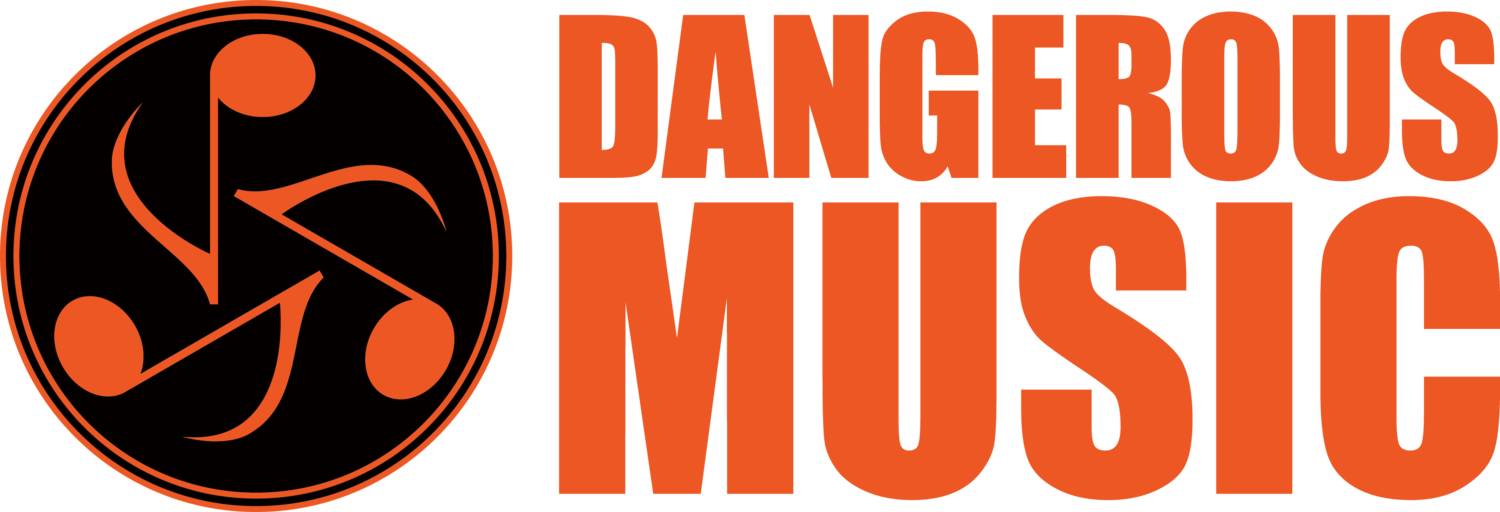SOUND ON SOUND REVIEWS 2-BUS+
by Frederick Noren
This new version of Dangerous Music’s popular summing amp incorporates both technical and practical improvements.
Dangerous Music’s pioneering analogue summing mixer, the 2–Bus, was launched back in 2001, though some custom units were sold previously. This was a time when people were doing increasing amounts of mixing ‘in the box’ and realising that large consoles weren’t a necessity, but also discovering that the DAW’s mix bus was less forgiving than that of their console. There were a few reasons why a fixed-gain, fixed-pan summing amp seemed a good idea. First, by design, it preserves all the recall and automation capabilities of the DAW. Second, the analogue headroom that was deliberately designed into the 2-Bus meant that its mix bus was more ‘lenient’ than in Pro Tools, Logic and so on. Thirdly, some people perceived sonic benefits, described variously as greater ‘width’, ‘depth’ or ‘punch’. Finally, the CPU or DSP strain on the computer system could be reduced if outboard was used on sub-groups and the master bus. The debate over the potential benefits of analogue summing still rages, but the number of different summing boxes on the market shows that there’s plenty of interest in it. So, 15 years after the original 2–Bus, does the 2–Bus+ bring anything fresh to the discussion? I believe it does…
OVERVIEW
The 2–Bus+ is a 2U, 19–inch rackmount, 16–channel summing mixer. The front panel features a signal-present indicator for each channel. Below are two mono buttons, for switching channels 1–2 or 9–10 into mono. At a push of a button, channels 13–14 or 15–16 can be sent to two on–board audio processors (‘tone’ processors if you like), named Harmonics and Paralimit. These can also be patched to the mix bus and their sequence reversed. A third processor, X–Former, is only available on the mix bus. The output level from each processor is adjusted using one of three knobs. Conveniently, there’s also a button for inserting stereo outboard processing on the mix bus, via the I/O on the rear. Rightmost on the front panel is a stepped master output–level trim control ranging from –4 to +6 dB. The rear panel is equipped with 16 inputs (presented as both XLR and D–sub connections), insert points on XLR, and main and monitor outputs, also on XLR. Expansion XLRs permit the stacking of multiple units for configuring systems with 32, 48 or more channels.
I’ve been using analogue summing boxes for over 10 years, so incorporating the 2–Bus+ in my setup was easy. Once set up, I sent a mix I was working on through the mixer and continued work. I have an eight–channel Dangerous Mixer, which is based on the same design as the original 2–Bus, so I’m familiar with the sound (or rather the lack of it) associated with the 2–Bus. Having made the switch to the 2–Bus+, I instantly heard a difference: the mid range became smoother and more detailed, and the stereo width even better defined. The difference was subtle but audible and immediately



